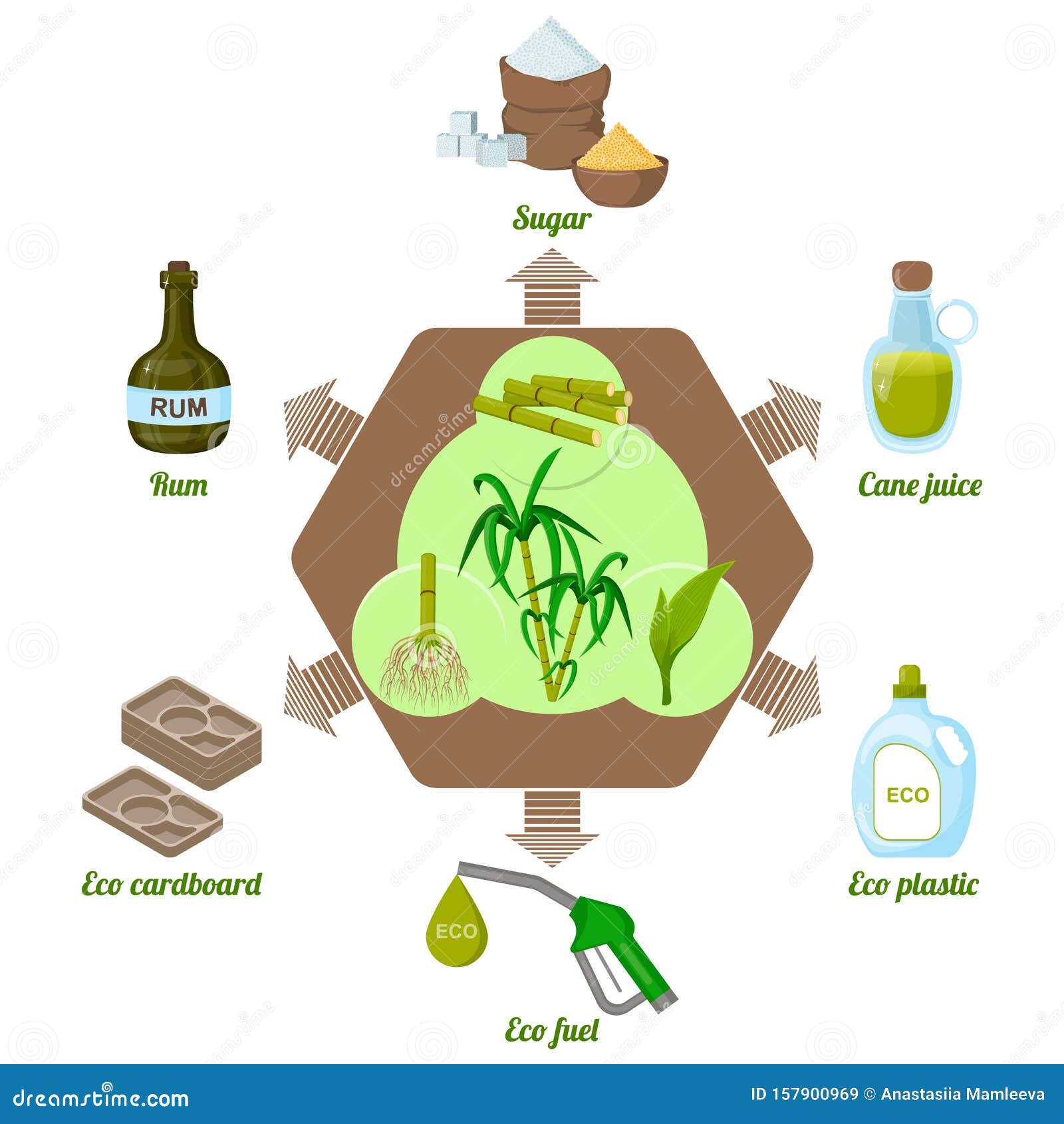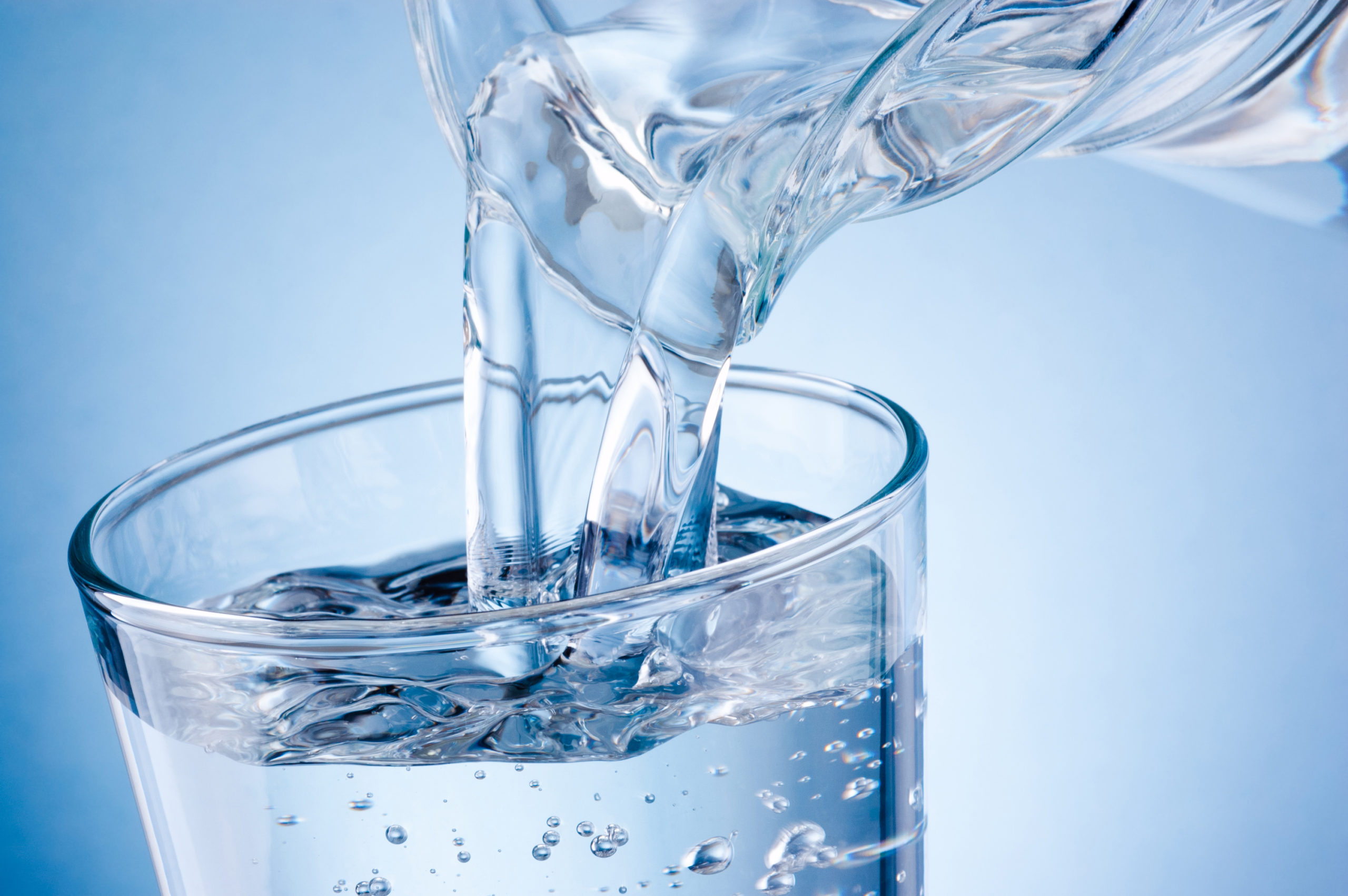From Sweeteners to Fuel: Diverse Uses of sugar cane products
The Comprehensive Journey of Sugar Cane: Understanding Products and Production Methods
The journey of sugar walking cane is an intricate process that starts in tropical areas with excellent growing problems. Farming techniques are designed to take full advantage of return and sustainability. Harvesting methods range from standard manual strategies to contemporary mechanical methods. After harvest, sugar cane undergoes numerous handling stages to transform it right into granulated sugar. This expedition exposes not only the ins and outs of production yet additionally the wider effects for international markets and the atmosphere. What exists past this initial improvement?

The History of Sugar Cane Cultivation
Although sugar walking cane cultivation days back hundreds of years, its origins can be traced to the exotic areas of Southeast Asia, where early farmers first recognized the plant's wonderful sap. This exploration brought about the cultivation of sugar cane as a staple plant, slowly infecting India and the Center East. By the very first millennium AD, sugar cane was being cultivated in these regions, where methods for removing and fine-tuning sugar were developed.The plant obtained prestige in Europe throughout the Crusades, as returning soldiers brought knowledge of sugar production back home. By the 15th century, the establishment of sugar ranches began in the Caribbean, driven by the need for sugar in Europe. The transatlantic slave labor fueled this expansion, as oppressed labor was used to make the most of production. Over centuries, sugar walking cane growing advanced, influencing economic climates and cultures worldwide, making it a significant agricultural asset.
Expanding Problems and Agricultural Practices
The effective growing of sugar cane counts heavily on particular expanding conditions and agricultural methods. Perfect temperature levels vary in between 20 to 32 levels Celsius, with well-distributed rains of 1,500 to 2,500 millimeters each year. Dirt high quality is necessary; fertile or sandy dirts, abundant in raw material, promote healthy and balanced growth.Farmers commonly employ different agricultural techniques to enhance return. Crop rotation and intercropping are typical approaches to preserve soil fertility and control pests. Regular watering might be necessary in drier areas, ensuring that the plants obtain sufficient wetness. Fertilization, specifically with nitrogen and potassium, is vital for robust growth.Pest and weed management approaches, consisting of integrated insect administration (IPM), assistance to minimize losses. Lasting practices, such as marginal tillage and chemical-free farming, are acquiring traction among manufacturers to safeguard the environment. Jointly, these variables contribute considerably to the successful production of sugar walking stick.
Gathering Techniques and Timing
In sugar cane production, the option between guidebook and mechanical harvesting greatly impacts efficiency and yield. Timing is also vital, as harvesting at the ideal minute guarantees maximum sugar content and lessens losses. Understanding these aspects is vital for effective sugar walking stick cultivation.
Guidebook vs. Mechanical Harvesting
Collecting sugar cane involves two main techniques: handbook and mechanical, each with unique benefits and challenges. Manual harvesting, commonly done by workers making use of machetes, permits higher precision in cutting and decreases damage to the plant. It is typically favored in areas with unequal surface or where the crop is intermixed with various other plants, as workers can browse these intricacies a lot more properly. It is labor-intensive and time-consuming. Conversely, mechanical harvesting utilizes specialized machines to reduce and collect the cane quickly, raising performance and decreasing labor expenses. This technique is matched for large operations however can lead to higher plant damage and dirt compaction. Ultimately, the option in between handbook and mechanical harvesting depends upon various elements, including financial considerations and ecological problems.
Ideal Gathering Timing
Choosing the best minute to collect sugar walking stick greatly influences both yield and high quality. Suitable collecting typically happens when the walking stick reaches full maturity, usually between 12 to 18 months after planting. At this stage, sucrose degrees peak, ensuring the very best sugar removal rates. Weather additionally play a vital duty; gathering throughout dry periods can stop damage to the walking cane and decrease soil compaction. Additionally, keeping an eye on the plant's color and fallen leave drop can indicate preparedness, as a yellowing of the fallen leaves recommends that the walking cane is ripe. Prompt harvesting is essential, as hold-ups can lead to decreased sugar material and enhanced sensitivity to pests and diseases, ultimately impacting general production efficiency.
Handling Methods: From Cane to Sugar
The handling of sugar walking cane entails crucial extraction methods that divide the juice from the fibrous plant product. Following removal, the refining process transforms the raw juice into taken shape sugar, making sure purity and quality. Comprehending these approaches is crucial for comprehending the trip of sugar from walking stick to end product.
Extraction Techniques Overview
Removal methods play a substantial function in transforming sugar walking stick into usable sugar. The cane is harvested and delivered to processing facilities where it goes through thorough cleaning to eliminate pollutants - sugar cane products. The next action involves squashing the walking cane utilizing hefty rollers, which releases the juice containing sucrose. This juice is after that cleared up through the addition of lime and warm, allowing impurities to resolve out. After clarification, the juice is evaporated under regulated temperatures to focus the sugar content. Consequently, formation takes place, where sugar crystals are formed as the focused juice cools. These methods assure the reliable extraction of sugar while preserving the high quality required for further handling. Recognizing these methods is essential for comprehending the general production of sugar from sugar cane
Refining Refine Explained
Refining sugar from the drawn out juice is an essential step that boosts its pureness and top quality. This process involves numerous stages, beginning with clarification. The juice is warmed and treated with lime and various other agents to get rid of impurities, causing a clearer fluid. Next, the Get the facts clarified juice undergoes dissipation, where water is gotten rid of to concentrate the sugar web content. The focused syrup is then taken shape by cooling, allowing sugar crystals to develop. These crystals are divided from the staying syrup, recognized as molasses, with centrifugation. Finally, the raw sugar is more refined with cleaning, purification, and drying out, which eliminates any type of remaining contaminations. The end product is the granulated sugar commonly used in houses and industries worldwide, guaranteeing uniformity and sweet taste.
Lasting Practices in Sugar Cane Production
Although sugar walking stick production has commonly relied upon intensive farming approaches, there is an expanding emphasis on sustainable techniques that promote environmental wellness and economic practicality. Farmers are increasingly taking on strategies such as crop rotation, which boosts soil fertility and reduces insect infestations. Integrated parasite management (IPM) is additionally obtaining traction, permitting for natural killers to regulate pest populaces, thereby reducing chemical pesticide use.In addition, improvements in irrigation techniques, such as drip watering, are being utilized to conserve water sources. Lasting land management practices, consisting of reduced tillage, assistance avoid dirt disintegration and keep biodiversity. Moreover, several producers are discovering organic farming approaches, which avoid artificial plant foods and pesticides completely, cultivating a much healthier environment.
The International Sugar Market and Economic Impact
Sustainable practices in sugar walking stick production not only benefit the setting but also affect the dynamics of the global sugar market. As consumer demand shifts towards ethically created items, countries embracing lasting techniques obtain competitive advantages. This fad motivates major sugar merchants, such as Brazil and India, to integrate environmentally friendly techniques, consequently impacting worldwide prices and supply chains.Moreover, changes in production as a result of environment modification and environmental guidelines can trigger volatility in sugar costs, influencing economic situations reliant on sugar exports. For instance, areas that purchase sustainable farming might experience boosted return stability, resulting in much better market positioning.Economic impacts expand past individual nations, as global trade arrangements and tariffs form the competitive landscape. Inevitably, the interaction in between sustainable practices and market characteristics highlights the value of flexible methods in a quickly altering economic atmosphere, affecting both manufacturers and consumers in the global sugar market.
Advancements in Sugar Cane Application and Results

As the need for eco-friendly sources expands, advancements in sugar walking cane application and byproducts are changing the agricultural landscape. Scientists and entrepreneurs are exploring unique applications that extend beyond conventional sugar production. One considerable growth is the conversion of bagasse, the coarse residue left after juice removal, into bioenergy and bioplastics (sugar cane products). This not just reduces waste however likewise supplies sustainable power choices for handling facilities.In enhancement, developments in fermentation modern technology have actually brought about the production of biofuels, such as ethanol, from sugar walking cane, which adds to cleaner power remedies. Furthermore, the extraction of molasses has actually opened opportunities for producing value-added products like pet feed and specialty spirits.These technologies not just boost the financial viability of sugar cane farming but additionally promote ecological sustainability, making sugar walking stick a crucial plant in the change in the direction of a circular economy. The recurring exploration of its possible remains to generate encouraging outcomes
Often Asked Inquiries
What Are the Wellness Consequences of Consuming Sugar Cane Products?
The wellness impacts of consuming sugar cane items can differ. While they provide power and crucial nutrients, extreme intake might bring about weight gain, enhanced blood sugar level levels, and a greater danger of dental problems. Moderation is crucial.
Exactly How Does Environment Adjustment Effect Sugar Cane Production?
Environment adjustment considerably influences sugar walking stick production by altering rainfall patterns and enhancing temperature levels. These changes can result in decreased returns, raised bug stress, and challenges basics in maintaining soil health and wellness, inevitably impacting both top quality and quantity of harvests.
What Is the Function of Sugar Cane in Biofuel Production?
The role of sugar cane in biofuel production is significant; it serves as a renewable resource resource, converting sugars into ethanol. This process decreases dependence on fossil fuels and aids alleviate greenhouse gas discharges, advertising ecological sustainability.

Exist Any Kind Of Different Sweeteners Derived From Sugar Cane?
Alternate sweeteners you can try this out stemmed from sugar cane include molasses and cane sugar itself. These items provide sweetening choices while preserving some nutritional benefits, making them popular options for customers looking for all-natural choices to sweetening agents.
Just How Does Sugar Cane Farming Affect Citizen Communities?
Sugar walking cane farming substantially influences regional communities by offering employment chances, increasing local economic situations, and influencing social structures. However, it can also bring about environmental problems and wellness issues, demanding a well balanced approach to sustainable methods.